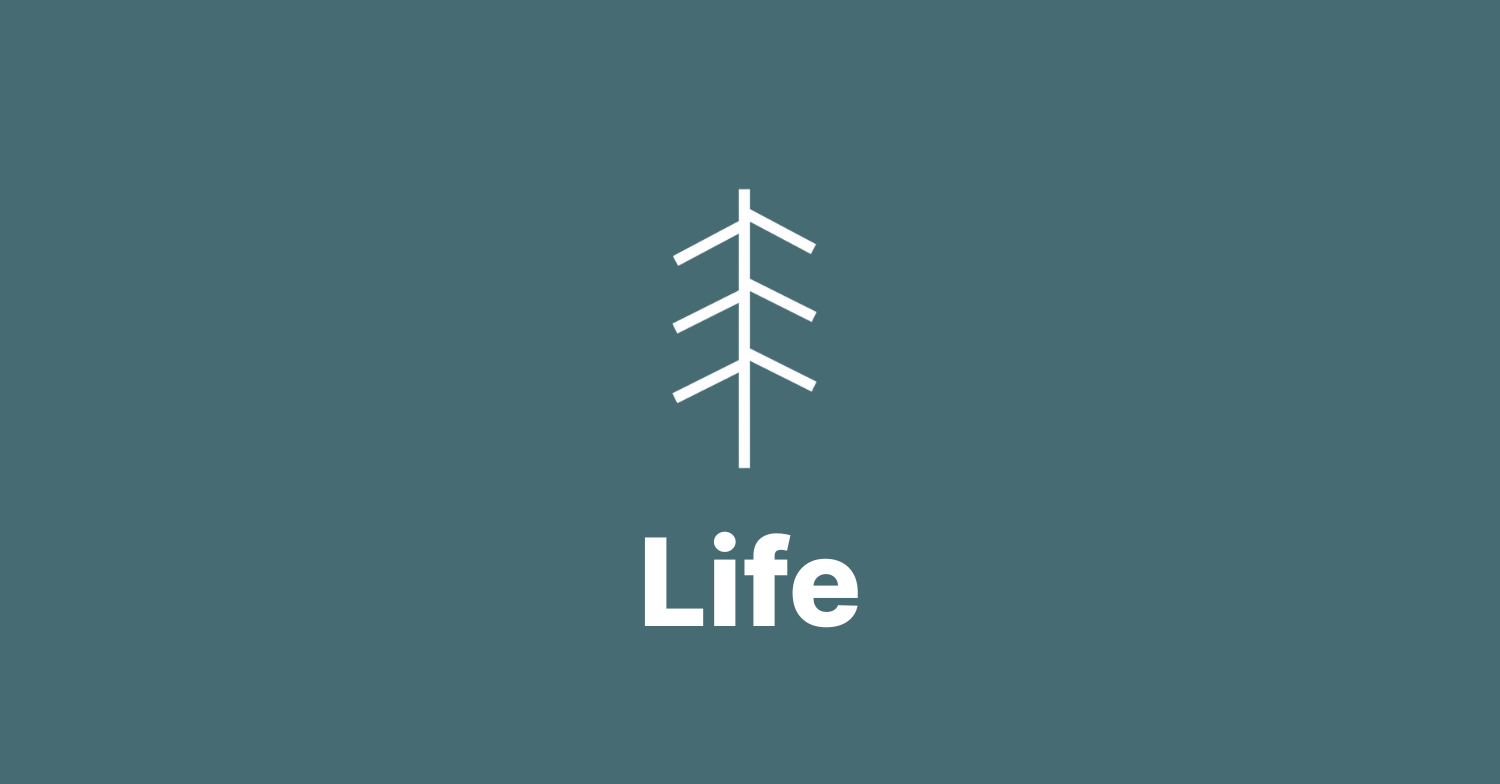Early in scripture’s story, in fact, in the Bible’s opening two chapters, the captivating story of creation bursts into life. Into a world brimming with this life, God places humanity and breathes His life into them.
As the crowning feature of all His creation, people are given the unique privilege of being in relationship with God and representing and reflecting Him to the world that they were created to enjoy and care for.
God placed the Tree of Life in the midst of His garden so that people could continue to be blessed in their experience of God as the source and supply of ongoing life.
When we think of the Tree of Life it is important to remember three words: Gift, Middle, and Choice. Although we can multiply life, we cannot create life out of nothing, like God does. Life is not coincidental or a faceless, impersonal force. God shares the life He has and the life He is. Life is a gift.
The Bible says the Tree of Life is found in the middle of God’s garden because God wants us to understand from the beginning that human living does not work when it revolves around self, or anything else that is not Him.
Relationships, sex, family, career, money, reputation, or anything else can be middle because they cannot give you lasting life as only God at the centre of your living can.
This means that the very first humans in the garden and every single person since needs to consider if they will choose to live in dependence upon God or independent of God. One option cuts us off from the ongoing supply of God’s life and the other keeps us connected in relationship with Him and His supply of real life and true living.
The Tree of Life points us to Jesus who is the way to true living. In John 14.6 He says, “I am the way, the truth and the life.” Jesus is the embodiment of God’s life and came to the world so that everyone can have new, abundant and everlasting life.
It is good news that life and people are not accidental. Life has meaning, and everyone has purpose and value.
The Tree of LIfe can be read about in Genesis 1 & 2.
